The Investigation
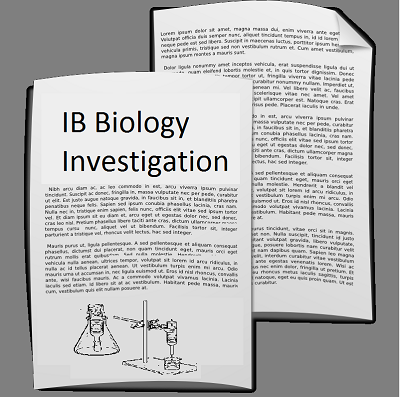 Rationale
Rationale
The problem with assessing practical work is that the assessment criteria can restrict the range of tasks which teachers dare to let students do. What may be intended as an assessment of creative, meaningful student investigations can easily turn into a small set of teacher guided labs with a heap of tick-box checklists.
The IB has taken the brave step of radically changing the IA assessment to overcome this problem. Students are now only required to submit one investigation for internal assessment. It is hoped that the introduction of new assessment criteria using mark bands and a best-fit approach will make the assessment easier whilst also allowing students more creativity and variety, in the investigations they choose.
What will an Investigation look like?
Six to twelve pages of of work, including diagrams, graphs and analysis.
Its complexity should be similar to the level of the IB course.
Students will have shown some initiative and creativity in choosing an individual research question and their experimental method.
The method could be any of the following:
- practical lab experiment
- modelling activity using a spreadsheet
- analysis of data taken from a database
- a hybrid practical lab with analysis of secondary data
- an investigation using an open-ended simulation
All investigations will probably have the following sections to fulfil the assessment criteria:
IB Investigation
- Introduction
- Background information
- Research question
- Scientific rationale
- Experimental / data collection method
- Analysis
- Data in tables - including consideration of uncertainties
- Graphs
- Statistical analysis
- Evaluation
- Conclusion - justified by data, and reference to scientific context
- Discussion of relevant limitations
- Suggestion of realistic improvements
Role of the teacher
It's not going to be easy for some students to carry out an investigation independently and the IB recognises this.
The IB guide says that the investigation should be woven into normal classroom activity. Personally, I can only see one good way to do this which is to weave a progression of formative practical work into normal teaching and then to allow a couple of weeks to enable the students to work individually on their chosen investigation. Some schools may prefer to collapse the timetable for a couple of days, or possibly even work over a weekend to complete the investigation.
During the investigation period the teacher becomes a crucial resource for the students and a good teacher must weave themselves around the lab to complete the dizzying array of tasks found in the "roles of the teacher" section of the IB Biology guide.
Teachers are expected to play an important role in many stages of the task:
- Introducing the task, and its requirements
- Helping students during planning - in the choice of appropriate tasks, and in writing focused research questions
- Ensuring academic honesty in students' research during the exploration
- Checking that students follow guidelines on safety during lab wok
- Guiding students in standard techniques, use of apparatus, or the correct disposal of solutions.
- Responding to student questions throughout the task
- First draft feedback - to help students complete the task according to the assessment criteria
- Checking authenticity - using Turnitin or another plagiarism detecting tool and by keeping track of each student's progression from proposal to first draft.
- Marking the work
- Submitting the work for moderation.
Approximate timings for 10 hours of IA
The investigation is different from other lab work in the PSOW. It should account for 10 hours of work, but this can include introductions and write-ups as well as the actual practical lab work, if there is some. It is possible to complete an investigation using database data, or spreadsheet models. This is counted as data collection in the same way as practical work.
Outline plan of lessons for an Investigation in an IB class of 12-15 students. More time for teacher consultation would be needed in a larger class.
| Lessons (1hr) | Planned activities |
| 1 |
Introduction to the task & student choice of topic / research question. Homework: Preliminary research for scientific context. Investigation proposal form |
| 2-3 |
Teacher consultation time with each student (10 minutes per student - in class) Students continue to write Introduction, establish research question, scientific context & methods. Methods collected for checking of safety |
| 4-8 |
Lab experiment time / data collection Analysis of data & conclusion writing Homework: Opportunity to complete analysis, overcome obstacles, meet teacher for guidance etc. |
| 9-10 |
Students finalise conclusion / evaluation. Written feedback on first draft. Final revision and redrafting |
..
Selected Pages

Sugar Analysis Experiment
You are working as a biochemist for a rival soft drinks company and you need to find out which sugars are used in the new...
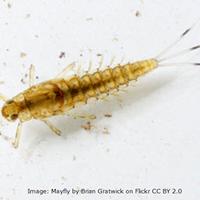
Indicator species & biotic index
Indicator species are species who can be easily identified and sampled and which are sensitive to some type of air pollution....
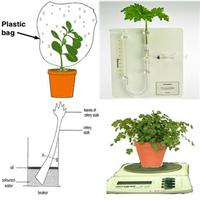
Experiments on Transpiration.
What makes a good experiment?How can you estimate the uncertainty of any apparatus?What would the units be of the "Rate...

Gene Linkage 1
Discoveries in Biology can be a good source of learning about 'how science works'. This lesson begins with a short introduction...
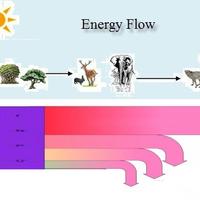
Energy Flow.
Beginning with some diagnostic questions about energy flow students can map their own learning during this lesson as they...
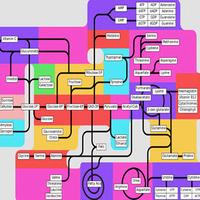
Activation energy and enzyme pathways
Students are introduced to a simple metabolic pathway consisting of a chain of enzyme-catalysed reactions leading to the...

 IB Docs (2) Team
IB Docs (2) Team
